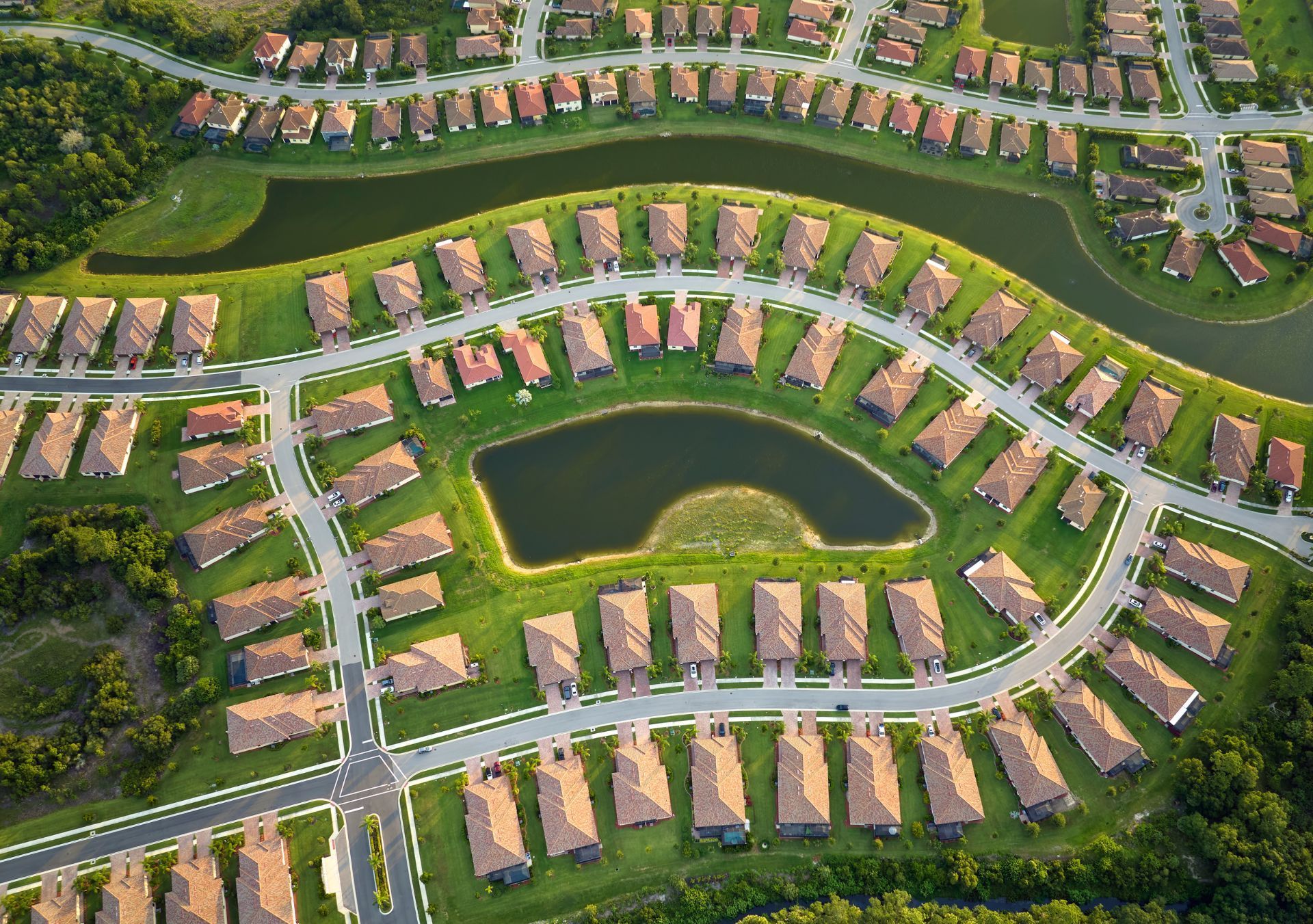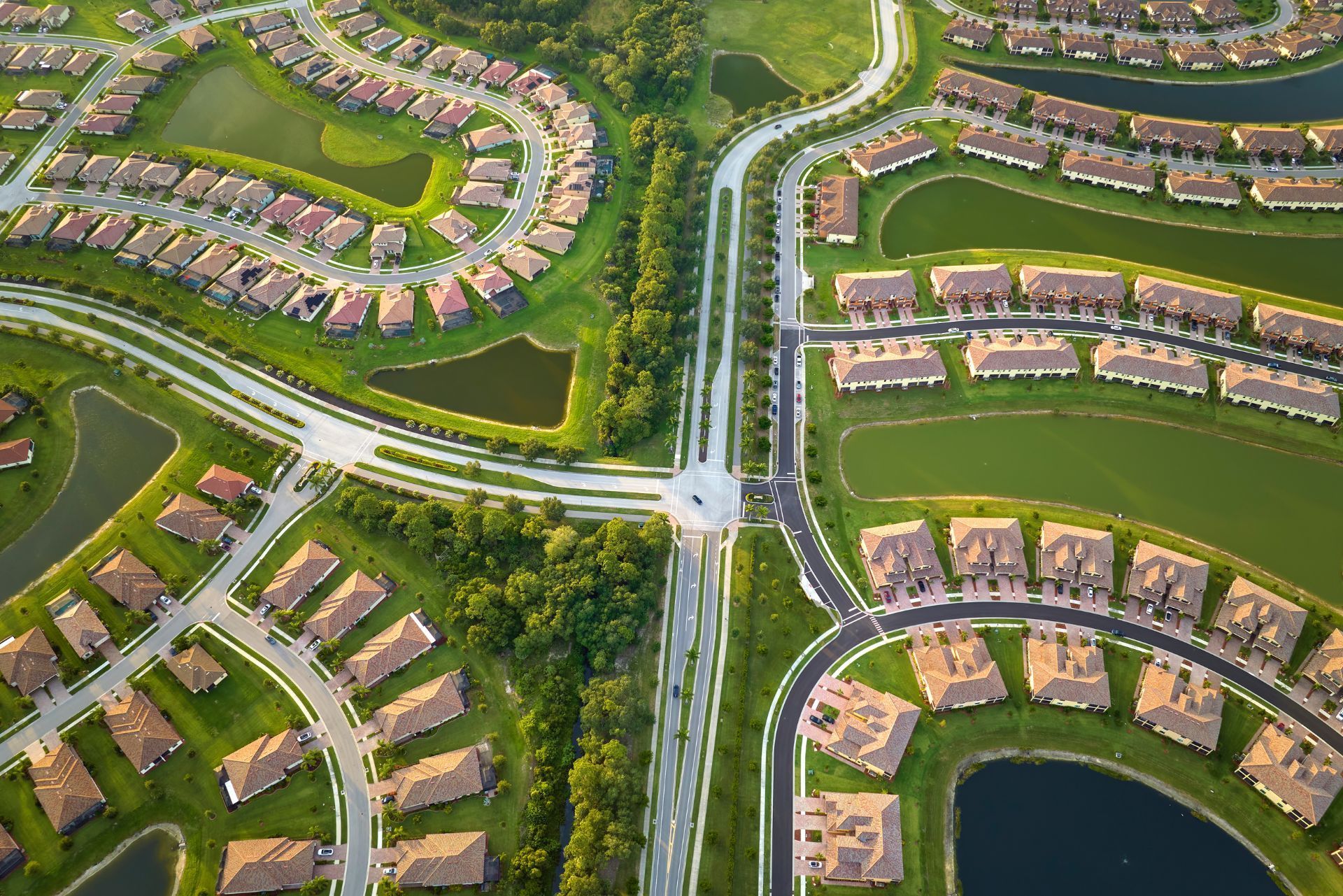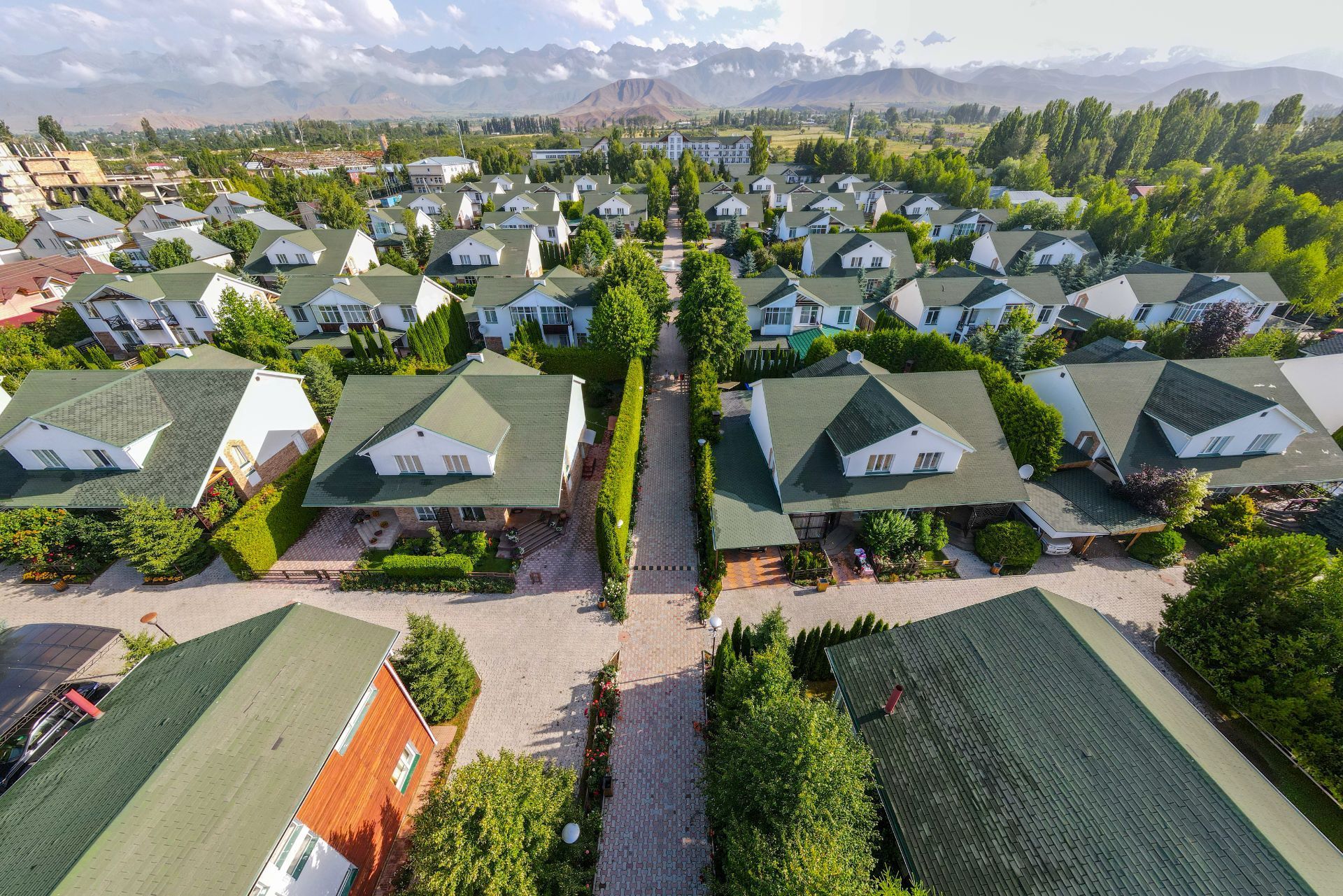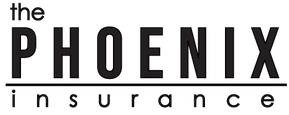
Most Common Business Policies
Index
Contact Us
Homeowners associations (HOAs) play a vital role in managing and maintaining many residential communities across Texas. With nearly 21% of Texas homes governed by HOAs, encompassing roughly 2.8 million houses, understanding the nuances of HOA insurance is essential for both board members and residents alike. The insurance landscape in Texas is particularly complex due to the state's diverse weather patterns and increasing natural disasters, which significantly influence insurance rates and coverage options.
In recent years, Texas has witnessed sharp increases in homeowners' insurance premiums, with rates rising nearly 19% in 2024 alone, following a 21% increase the previous year. This trend has intensified concerns among community associations, many of which rely on
property and casualty insurance to safeguard their assets and residents. This article delves into everything you need to know about Texas HOA insurance, from coverage essentials to the factors driving cost changes and recent legislative developments aimed at protecting homeowners.
Understanding HOA Insurance Basics in Texas
HOA insurance typically covers common areas and shared property within a community, such as clubhouses, pools, landscaping, and exterior building elements. It is distinct from individual homeowners’ insurance, which covers the interior of a unit or home. Most community associations in Texas carry property and casualty insurance to protect against damage from fire, storms, liability claims, and other risks.
According to a 2023 survey, an overwhelming 98% of community associations maintain such insurance coverage. However, challenges have emerged, with 11% of associations reporting cancellations or non-renewals of their policies. This highlights the growing difficulty in securing stable and affordable insurance in the current market.
For HOA members and boards, understanding the scope of their insurance policy is critical. Coverage limits, deductibles, and exclusions vary widely, so it’s important to review policies carefully and consult with insurance professionals to ensure adequate protection for the community’s assets and liabilities.
In addition to the basic coverage, many HOAs in Texas may opt for additional endorsements or riders to enhance their insurance policies. These can include coverage for natural disasters, such as floods or earthquakes, which are not typically included in standard policies. Furthermore, liability coverage is essential, as it protects the association from lawsuits resulting from accidents that occur in common areas. This aspect is particularly crucial in communities with amenities like playgrounds or fitness centers, where the risk of injury may be higher.
Moreover, as the landscape of insurance continues to evolve, community associations must remain vigilant about emerging trends and legislative changes that could impact their coverage. For instance, the rise of climate-related events has prompted many insurers to reassess risk factors, leading to increased premiums or stricter underwriting criteria. By staying informed and proactive, HOA boards can better navigate these challenges and ensure that their community remains protected against unforeseen events.

Why Are Texas HOA Insurance Rates Rising?
Texas homeowners’ insurance rates have surged dramatically in recent years, and HOAs have not been immune to these increases. Several factors contribute to this upward trend, many of which are tied to the state’s unique climate and risk profile.
Texas experiences a wide variety of weather events, including hurricanes, tornadoes, hailstorms, and flooding. Scott Kibbe, vice president of state government relations at the American Property Casualty Insurance Association, notes, “In Texas, we get every kind of weather.” This diversity of natural hazards means insurers face significant exposure, which they factor into their pricing models.
Between 2019 and 2023, Texas averaged eleven billion-dollar weather events annually, with sixteen such events occurring in 2023 alone. These catastrophes result in substantial claims payouts, pushing insurers to raise premiums to cover their increasing costs. Additionally, the Texas Windstorm Insurance Association (TWIA) reported a staggering 63% increase in reinsurance costs in 2024, totaling nearly $206 million. Reinsurance is insurance for insurers, and when these costs rise, they trickle down to policyholders in the form of higher rates.
This combination of frequent severe weather and rising insurance costs has made Texas the sixth-least-affordable state for homeowners insurance, according to the Insurance Information Institute. For HOAs, this means budgeting for higher insurance premiums and possibly facing more stringent underwriting requirements.
Moreover, the increasing prevalence of climate-related events has led to a heightened awareness of risk management within the HOA community. Many associations are now investing in preventative measures, such as enhanced drainage systems and better landscaping practices, to mitigate potential damage from flooding and erosion. These proactive strategies, while essential for long-term sustainability, can also lead to increased operational costs that further strain HOA budgets.
In addition to environmental factors, the economic landscape plays a crucial role in shaping insurance rates. The rising cost of materials and labor, exacerbated by supply chain disruptions, has made repairs and rebuilding more expensive. This inflationary pressure not only affects the cost of claims but also the overall financial health of HOAs, which must maintain adequate reserves to cover potential losses. As a result, many associations are reevaluating their insurance policies and exploring options such as higher deductibles or alternative coverage plans to manage their expenses more effectively.
Legislative Efforts to Address Insurance Challenges
Recognizing the strain that rising insurance costs place on homeowners and community associations, Texas lawmakers have taken steps to increase regulatory oversight. Senate Bill 1643, recently introduced, mandates state approval for any insurance rate hikes exceeding 10%. This legislation aims to provide greater scrutiny over rate increases and protect consumers from sudden, steep premium jumps.
Such regulatory measures could offer some relief to HOAs struggling with escalating insurance expenses. However, the broader challenge remains: balancing affordability with the need for insurers to remain solvent amid increasing claims from natural disasters. The frequency and severity of events such as hurricanes, floods, and wildfires have put immense pressure on the insurance industry, leading to a cycle of rising premiums that can threaten the financial stability of many communities.
In addition to Senate Bill 1643, other legislative proposals are being discussed that focus on enhancing transparency in the insurance market. These proposals include requiring insurers to provide clearer information on how premiums are calculated and the factors that influence rate changes. By demystifying the pricing structure, homeowners and community associations can make more informed decisions regarding their coverage options. Furthermore, educational initiatives aimed at improving risk management practices within HOAs could also play a crucial role in mitigating insurance costs in the long term.
Community associations should stay informed about legislative developments and consider engaging with local representatives to advocate for policies that support sustainable insurance markets in Texas. By actively participating in discussions surrounding insurance reform, HOAs can help shape a regulatory environment that not only addresses immediate financial concerns but also fosters long-term resilience against the impacts of climate change and other risk factors. Collaboration among stakeholders, including insurers, lawmakers, and community members, will be essential in crafting solutions that benefit all parties involved.
What HOAs Can Do to Manage Insurance Costs
While external factors heavily influence insurance rates, HOAs can take proactive steps to manage their insurance costs and reduce risk exposure. Implementing robust risk management strategies is key.
Regular maintenance of common areas, such as repairing roofs, clearing drainage systems, and maintaining landscaping, can mitigate damage from storms and reduce claims. Additionally, investing in disaster preparedness plans and educating residents about safety can lower liability risks. For instance, hosting community workshops on emergency response and first aid can empower residents to act swiftly in case of an incident, further reducing potential claims and fostering a sense of community responsibility.
HOAs should also periodically review their insurance policies with knowledgeable brokers to ensure coverage matches current needs without unnecessary extras. Shopping around for competitive quotes and considering higher deductibles may also help control premium costs. Furthermore, establishing a reserve fund for unexpected repairs or emergencies can provide financial flexibility, allowing the HOA to manage costs more effectively without relying solely on insurance claims.
Given the volatility in the Texas insurance market, maintaining open communication with insurers and staying abreast of market trends is essential for HOA boards to make informed decisions. Regularly attending industry seminars or webinars can provide valuable insights into emerging risks and innovative insurance solutions. Additionally, fostering relationships with local emergency services can enhance the HOA's preparedness and potentially lead to discounts on insurance premiums, as insurers often reward proactive risk management efforts.

Implications for Texas Homeowners and Residents
For homeowners living in HOA communities, understanding how insurance works at the association level is crucial. While individual homeowners typically carry their own insurance policies, many rely on their HOA’s coverage for protection of shared spaces and exterior structures.
As insurance rates climb, some HOAs may pass increased costs onto residents through higher dues or special assessments. This makes it important for homeowners to be aware of their HOA’s insurance situation and budget accordingly.
Moreover, with nearly 21% of Texas homes under HOA governance, the collective impact of insurance challenges is significant. Homeowners should engage with their associations, attend meetings, and advocate for transparent financial management related to insurance matters.
Being informed about the insurance landscape can empower residents to contribute to discussions on risk management and community resilience. Understanding the specifics of what the HOA insurance covers, such as liability for common areas, damage to shared facilities, and the extent of coverage for natural disasters, can help residents make informed decisions about their personal policies. Additionally, homeowners should consider the implications of their HOA’s insurance choices on property values, as inadequate coverage can lead to financial strain on the community and potentially affect resale values.
Furthermore, it’s essential for residents to stay updated on any changes in state regulations that may impact HOA insurance requirements. Texas law can evolve, and new mandates may require HOAs to adjust their coverage or financial practices. By staying informed and proactive, homeowners can not only protect their investments but also foster a sense of community where all members are aware of their rights and responsibilities regarding insurance matters.
Looking Ahead: The Future of HOA Insurance in Texas
The Texas HOA insurance market is at a crossroads. Increasing natural disasters, rising reinsurance costs, and legislative interventions are reshaping the environment in which community associations operate. While challenges persist, there are opportunities for innovation and adaptation.
Technological advancements in risk assessment, such as improved weather modeling and property analytics, may help insurers price policies more accurately, potentially stabilizing rates over time. Additionally, state-level reforms and increased regulatory oversight could foster a more balanced market that protects both insurers and policyholders. Insurers are beginning to utilize artificial intelligence to analyze historical data and predict future claims, which can lead to more tailored coverage options for homeowners associations. This shift not only benefits insurers by reducing their risk exposure but also empowers HOAs to make informed decisions about their insurance needs.
For HOAs and residents, staying informed and proactive remains the best strategy. By understanding the factors driving insurance costs and engaging in risk mitigation, Texas communities can better navigate the evolving insurance landscape. Community education programs can play a crucial role in this process, equipping residents with knowledge about disaster preparedness, maintenance best practices, and the importance of regular property assessments. Furthermore, collaboration among HOAs to share resources and strategies can enhance their collective bargaining power when negotiating insurance terms, ultimately leading to better coverage options at more competitive rates.
For more details on the current state of Texas homeowners insurance, the
Associated Press report offers comprehensive insights into recent rate changes and legislative efforts.


